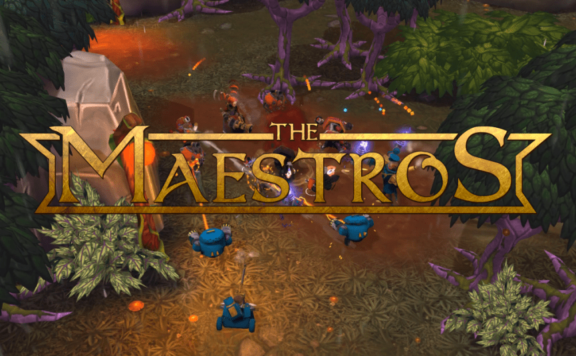When I was growing up, Rhythm games were one of my favorite genres to play. I remember before band practice every Tuesday walking to the local arcade and playing four hours of Dance Dance Revolution. My buddy and I would drink Mountain Dew, eat Doritos and play DDR in his room for hours on the weekends. My wife and I really bonded while dating over Rock Band and our breakout group Psychedelic Slurpee. So it’s not surprising I was interested in checking out the latest Persona spin-off. It also helps that Person 5 is unquestionably one of the best games I’ve ever played, so of course I was interested in the new dancing game from ATLUS.
Persona 5: Dancing in Starlight takes place after the events of Persona 5, which means if you haven’t finished the previous game, beware of some spoilers. The Phantom Thieves are all assembled in the Velvet Room (dubbed “Club Velvet”) thanks to the powers of the twin jailers Justine and Caroline. While in Club Velvet, the team are challenged by the twins to become the best dancers and compete against their sister’s team (the protagonists from Persona 3, funnily enough). However, they learn they are dreaming and anything that happens while in Club Velvet will not ultimately matter.

As a result of that, it makes social interactions with each character feel less important. Nothing you do will have a lasting significance, nor does it seem responses from previous social interactions carry over into the next one. However, it’s undeniable I’ve wanted to get back into the world of Persona 5 and spend more time with each member of the Phantom Thieves, so being able to do so in Dancing in Starlight has been a treat overall. Investing in social interactions also unlock cosmetics and modifiers that can be used in the actual dancing portion of the game.
As far as the rhythm sections, this is where Persona 5 really shines…and really falters. The Persona 5 soundtrack is also one of the best to come out in 2017, and the remixes themselves are absolutely fantastic. Hearing “Last Surprise,” “Rivers in a Desert” and “Beneath the Mask” reimagined is fantastic, and each track really gets the blood going.
It’s the rhythm part that to me seems at odds with itself. You interact with the prompts on screen with Up, Left, Down on the D-Pad and Triangle, Circle and X on the right side of the pad. You can also flick the sticks for a record scratch. At first, this is easy enough, as the early songs really help get your bearings. The problem really arises in two ways: the actual rhythm and the onscreen display.
The way the inputs are presented, especially at harder difficulties, it can get crazy. It’s easy for inputs to get lost behind scratches or other inputs, making it hard to get those perfect runs even on the normal difficulties. Additionally, Persona 5: Dancing in Starlight teaches you from the get-go that scratches are not necessary to achieve a high score as you are not penalized for missing them. However, this throws off the overall rhythm you are copying.
Each press of a button correlates to a bass line, drum beat or even a melody section in each song. As you progress and get more skilled, you start to realize each one of those scratches is integral to the rhythm. It takes a skill you were told from the get-go isn’t necessary to do well and makes it necessary to truly hear the full scope of what the game is trying to get you to do. As a result, it feels like a disconnect and, coupled with the frustrating UI, gets incredibly confusing at times.
Additionally, oftentimes, even after adjusting for lag (which doing so is really lacking – it’s simply a number toggle instead of allowing you to fine tune it) the rhythm and notes on screen don’t always feel like they sync. It can be confusing which musical line in the song you’re following at times, especially since it doesn’t always feel pronounced in the song. Even using headphones to more clearly hear it over my TV speakers I still found songs where I couldn’t follow exactly what Dancing in Starlight wanted me to do. This is problematic because in games such as this, the rhythm should be pronounced and clearly heard. As someone who has over 16 years of musical training under his belt, I shouldn’t struggle to follow Dancing in Starlight’s rhythm. Whether I can accurately hit the notes on time is a different story, but the rhythm should be clear.

At the end of the day, though, Persona 5: Dancing in Starlight is still a really good game. Each character benefits from the updated visuals over the base Persona 5 game (which if you recall was originally only designed for PS3 in mind, and it shows in spots). The different outfits you can wear really lends itself well to someone like me who love toying with in-game cosmetics. It’s also refreshing that there are zero microtransactions, meaning progression is tied to gameplay alone. Using modifiers such as mirroring inputs or making it so “good” quality inputs don’t break your streaks are great in tailoring the experience to your needs as well.






